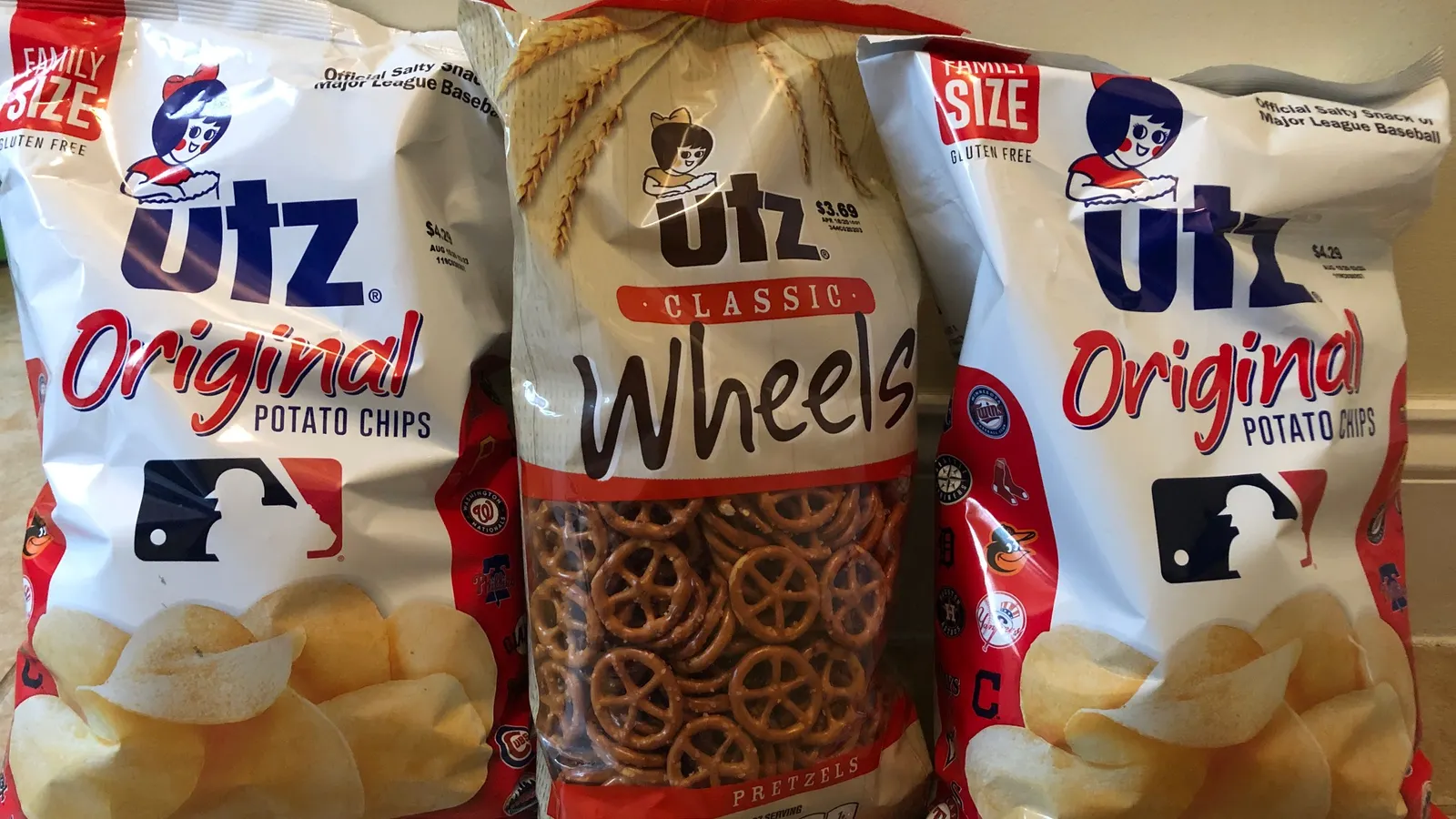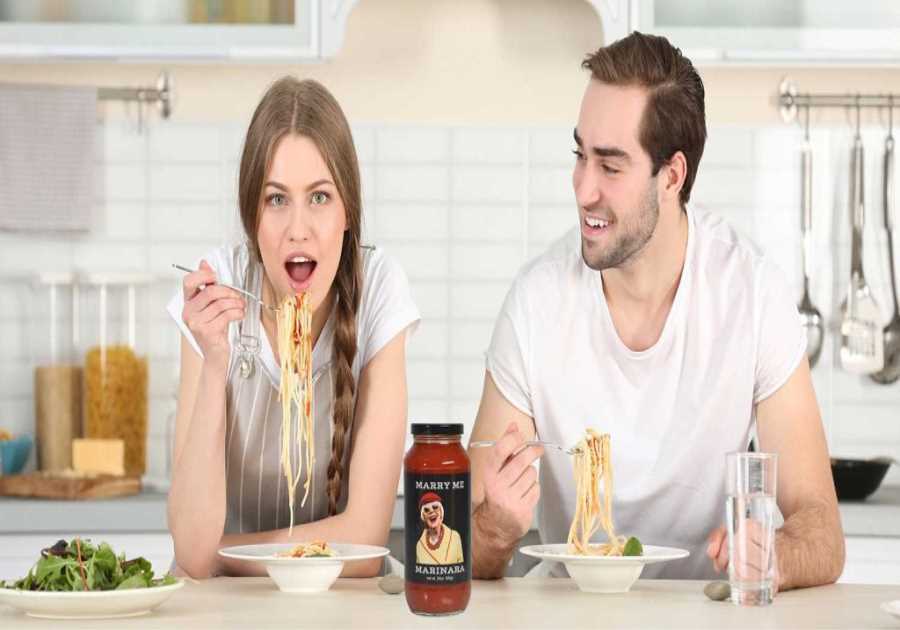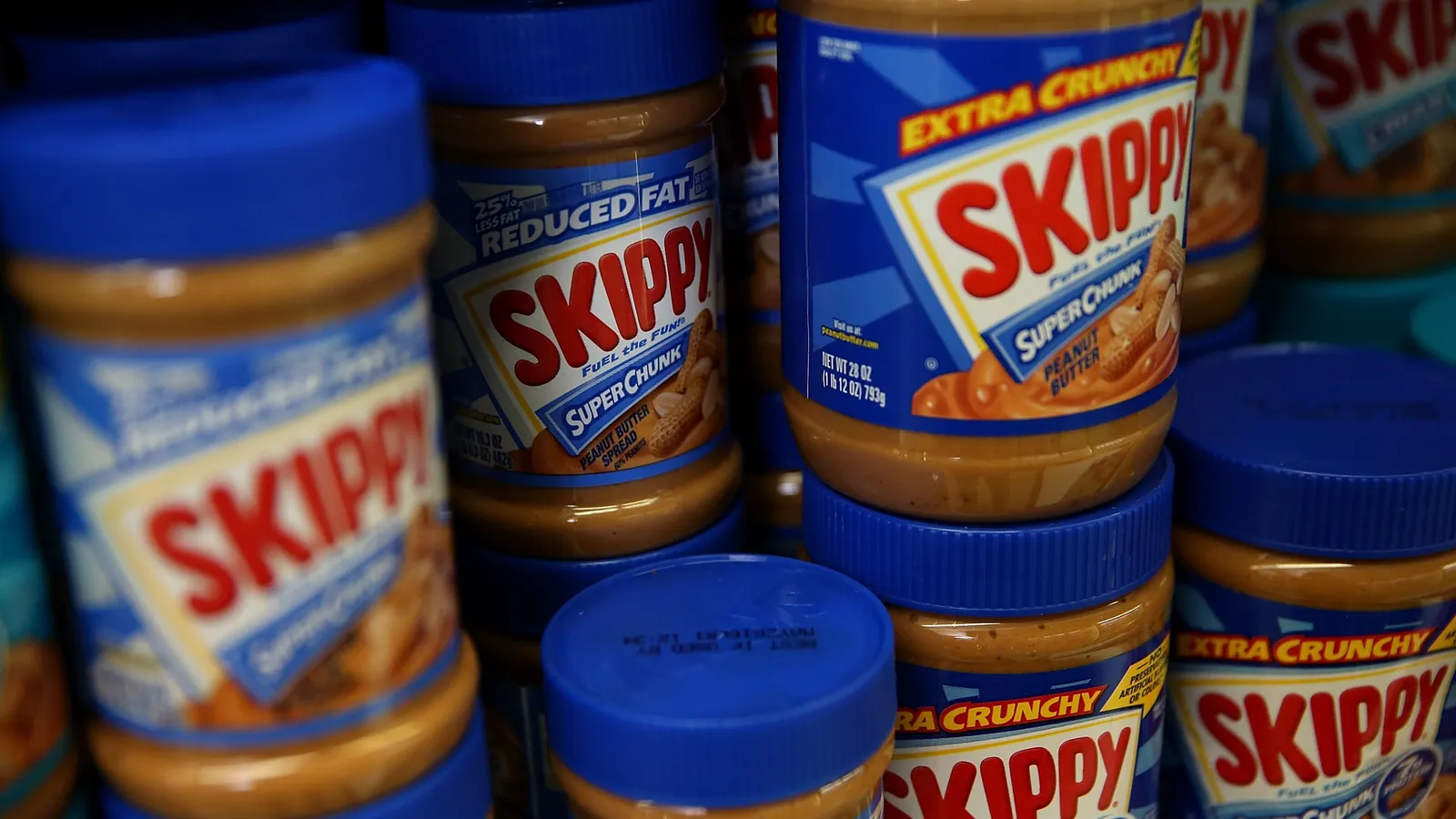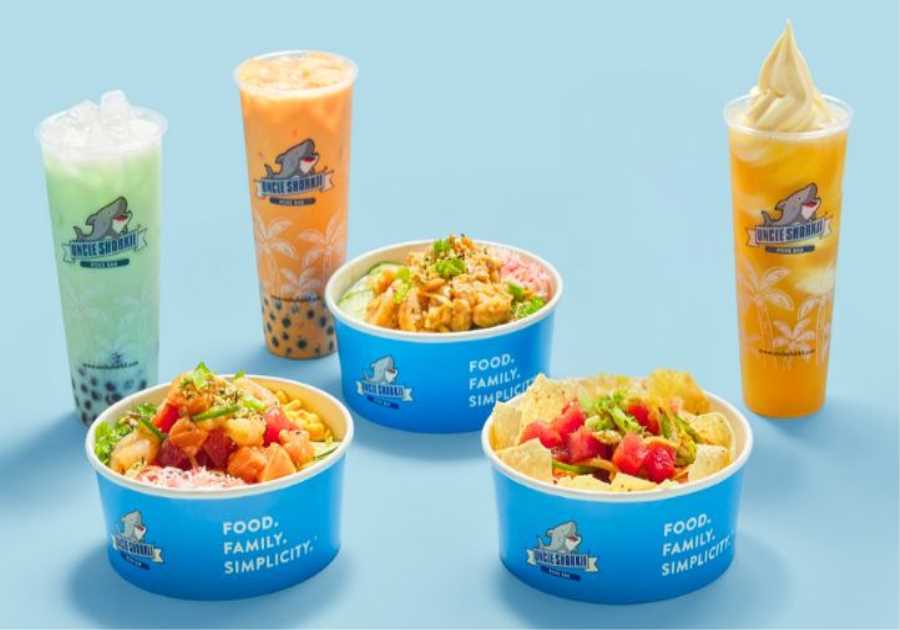So here’s what drives me crazy about how people approach pasta and wine. You’re sitting in a restaurant, you see spaghetti on the menu, and boom—your brain just screams “red wine” without even thinking about what’s actually in front of you. But that’s not how this works. The sauce is what matters. Not the pasta shape, not whatever your uncle told you at some family dinner years ago. The sauce.
That’s where things usually go sideways, honestly.
Picture this: you’ve got a bowl of fettuccine Alfredo sitting there, all cream and butter, and you grab a bold Cabernet Sauvignon because, well, pasta. That’s like showing up to the beach in snow boots. I mean, yeah, they’re both shoes, but come on. Cream-based sauces need wines that can match that richness without just drowning. Chardonnay does this really well—those buttery notes and fuller body kind of have this back-and-forth with the sauce instead of screaming over it.
Anyway, I’m getting ahead of myself here.
The Sauce Makes the Rules
Tomato-based sauces are tricky in their own way. You’ve got this bright, tangy thing happening in marinara or arrabbiata, and your wine needs to keep pace. Medium-bodied reds work best—Chianti, Sangiovese, maybe a good Pinot Noir if you pick carefully. The fruitiness balances that tang without killing the dish. A Dolcetto’s got enough body and just this touch of fruit that makes simple marinara sing.
But here’s where people really mess up. They think all tomato sauces are the same thing. They’re not. A light marinara with fresh basil is nothing like a Bolognese that’s been sitting on the stove for three hours. That Bolognese, with all its meat and deep flavors? You need structure. Real structure. Cabernet Sauvignon’s got these bold tannins and dark fruit that actually make the dish better. Barbera’s another solid choice—fuller body for those heavier meat sauces, but it keeps that Italian acidity thing going.
Get this wrong and it’s just sad. Try pairing a delicate Pinot Grigio with ragù and watch what happens. The wine just vanishes. Nothing. The meat steamrolls it completely, and you’re left feeling like you wasted good money and made yourself look kind of clueless in front of your guests.

Cream and Cheese Demand Respect
Cream-based sauces live in this weird space where you need richness and brightness at the same time. Everyone knows Alfredo, sure, but think about carbonara too—that Roman dish with eggs, cheese, guanciale or pancetta. Zero tomatoes in sight. You’re looking for something with enough acid to cut through all that cream without creating some kind of flavor war. Chardonnay’s great here, but Pinot Gris works too. Or if you can find it, a Frascati from Lazio. The crispness slices through the cream, and the wine’s got enough body that it doesn’t just disappear.
Now when cheese is the main event, things change up. Sharp, salty cheeses need more acid in your wine to keep things balanced. Cacio e pepe or quattro formaggi ravioli? Try a Greco di Tufo from Campania. The acid cleans your palate between bites. If you’re dead set on red, a light Pinot Noir’s got the acidity and fruit to work with cheese instead of against it.
Here’s something interesting though—softer cheeses like ricotta want fuller whites with some oak. An oaked Chardonnay has this creaminess that just fits with creamy cheese perfectly. Almost spooky how well it works. And hey, if your pasta’s got truffles and you’re feeling fancy? Champagne’s not just okay, it’s basically required. Those bubbles cut fat and cream like you wouldn’t believe.
Timing’s bigger here than people think. Wine and pasta need to hit the table at similar temperatures. Cold Chardonnay straight from the fridge next to steaming Alfredo? You’re muting all those flavors. Let that white warm up a bit—around 50-55°F—and suddenly those buttery notes actually show up like they’re supposed to.
Oil-Based and Pesto: The Delicate Dance
Oil-based sauces like aglio e olio are sneaky difficult. They look simple—garlic, olive oil, maybe some pepper flakes—but that simplicity means bad choices have nowhere to hide. Lighter reds like Pinot Noir do okay, or try vibrant whites like Vermentino. The trick is keeping the wine from overwhelming those subtle flavors. You can even go with a Rioja Gran Reserva if there’s mushrooms involved, because those leather and aging notes match up with the umami.
Pesto’s got this herbaceous thing that needs wines talking the same language. Those green basil notes? You need herbal or citrus in your wine. Sauvignon Blanc’s the obvious play—herbaceous, zippy acid. Vermentino brings minerality that’s perfect with seafood pesto. Red drinkers should stick to lighter stuff like Cabernet Franc with its green pepper vibe. Sun-dried tomato pesto? Sangiovese’s dried herbs make sense there.
What you really don’t want: heavily oaked wines or those high-tannin reds that just flatten pesto’s delicate flavors. Oaked Chardonnay with classic basil pesto creates this awkward clash where nothing works right. Cabernet Sauvignon’s aggressive tannins do the same thing.
Seafood Pasta: Reading the Ocean
Summer spaghetti with clams or mussels needs something mineral, something that tastes fresh like the ocean. Light whites, rosé, sparkling—they all work here. Vermentino and Falanghina are my go-to picks because they’ve got this saline quality that brings out seafood instead of covering it up. Italian Pinot Grigio’s good too, especially with lighter vegetables like zucchini in there.
Not all seafood pasta stays in that light zone though. Lobster ravioli or shrimp-heavy dishes need more weight. Fiano di Avellino gives you that body while keeping the brightness seafood wants. For heartier fish—monkfish, swordfish pasta—a fuller Chardonnay’s got the structure without crushing the dish.
People make this mistake all the time: treating all seafood pasta the same. A delicate clam linguine and lobster fettuccine in cream sauce both have seafood, yeah, but they’re asking for completely different wines.
Vegetable-Focused Pastas: Light Touch Required
Veggie pastas want crisp whites that lift things up instead of weighing them down. Light whites work like lemon does—brighten flavors without taking over. Bright green vegetables like broccoli or zucchini? Grab light whites with citrus notes. Greco di Tufo or Trebbiano work great with their mineral and lemon thing.
Roasted vegetables are different because roasting brings out these deeper, caramelized flavors that need wines with more to them. Pasta primavera’s interesting because those fresh spring vegetables pair beautifully with Sauvignon Blanc or Dry Rosé. The freshness of these wines plays nice with subtle flavors.
Mushrooms make everything earthy. Mushroom risotto or heavy mushroom pasta needs wines that can handle those umami notes. Pinot Noir’s earthiness is almost weirdly perfect—like someone designed the wine specifically for mushrooms, you know? Chardonnay works too if there’s cream or butter involved.
Meat-Heavy Preparations: Bold Meets Bold
Meaty pasta dishes need wines with backbone. That Bolognese you’ve been nursing on the stove for three hours? It needs a wine that won’t just fold. Bold reds—Barbera, Cabernet Sauvignon, Chianti—they’ve got what it takes to stand up to meat-heavy dishes. Syrah’s beautiful too if you’re cool with going French.
Lasagna, with all those layers of meat and cheese and sauce, wants something similarly structured. Cabernet Sauvignon’s dark cherry and cassis add this intensity without getting lost. The tannins actually interact with the protein and fat in a way that makes both the food and wine taste better. It’s this whole synergy thing.
Duck confit pasta’s a special case. Rich, intensely flavored, it needs a wine that can hang. Pinot Noir from Willamette Valley brings the weight and complexity you need. The red fruit and earthy notes play off the duck’s richness in this really satisfying way.
Sparkling and Rosé: The Versatile Wildcards
Can we talk about how underused sparkling wines are with pasta? Because seriously. Sparkling Rosé pairs shockingly well with rich, cheesy dishes like mac and cheese. The bubbles cut through cream and fat in ways regular wines just can’t. Blanc de Blancs—that’s all Chardonnay grapes—gives you crisp acid and this citrusy elegance that’s perfect with seafood pasta or delicate stuff like butternut squash ravioli. The bubbles and minerality bring out subtle flavors without smothering them. It’s like adding lemon to your plate.
Dry Rosé hits this sweet spot between red and white. Works great with tomato-based sauces, lighter meat dishes, pasta salads. Summer pasta primavera or grilled chicken penne? Dry Rosé’s acidity and berry notes handle both easily. It can even calm down heat in spicy dishes without fighting bold flavors. Fruit-forward rosés have this playful sweetness that makes them fantastic with slightly spicy pasta like puttanesca or arrabbiata—the berry and floral notes balance heat and salt while smoothing things out.
Common Pitfalls and How to Dodge Them
The biggest screwup? Focusing on pasta shape instead of the sauce. Spaghetti doesn’t automatically mean one kind of wine—depends completely on whether you’re having marinara, carbonara, or aglio e olio. Each one’s different.
Temperature’s the other major mistake. Serve wine too cold and you’re muting flavors and aromas. Serve reds too warm and the alcohol gets loud, throwing everything off. Whites generally sit around 45-55°F depending on style. Reds are best around 55-65°F.
People go too big or too small with wine choices constantly. Delicate seafood linguine doesn’t need some massive Amarone, and your heavy ragù’s going to destroy a light Soave. Wine and dish should be in the same weight class. Like boxing—middleweights fight middleweights, right?
There’s this acidity thing people ignore too. High-acid wines balance rich, fatty dishes by cutting through the heaviness. Low-acid wines next to high-acid tomato sauces create this flat, weird taste where nothing pops. Acidity should match or contrast on purpose, not clash by accident.
Read more about gourmet pasta sauce pairings and recipes.
Regional Wisdom Worth Heeding
There’s actually truth to regional wines pairing well with regional food. Italian tomato pasta with Sangiovese or Chianti works partly because they grew up together over centuries. The grapes, the soil, the climate—all of it means the wine naturally fits with local ingredients.
But that doesn’t lock you into only Italian wines for pasta. California Chardonnay’s beautiful with cream sauces. Oregon Pinot Noir handles mushroom dishes like a champ. French Sauvignon Blanc from Loire Valley pairs wonderfully with pesto. The regional thing’s a starting point, not a prison.
Putting Knowledge Into Practice
Best way to build your pairing instincts? Practice and pay attention. Start with classics: marinara with Chianti, Alfredo with Chardonnay, pesto with Sauvignon Blanc. Figure out why these work before you start getting creative.
Watch the weight and intensity of both wine and food. They should work together instead of fighting for attention. Notice how acid in wine plays with richness in food—this relationship matters more than most people realize.
Think about the whole dish, not just the main ingredients. Garlic, herbs, cheese, even how you cook it—all that stuff influences which wine fits. Tomato sauce loaded with garlic and herbs needs different treatment than a simple, pure tomato prep.
When you’re not sure, go versatile. Pinot Noir, Chardonnay, Sauvignon Blanc—they’re flexible enough to work with multiple pasta dishes. Safe bets that rarely let you down, even if they’re not always the absolute perfect match.
Temperature matters way more than you’d think. That Chardonnay in your fridge at 38°F tastes totally different at 50°F. Give wines a few minutes after you pull them—reds too. Room temperature usually means too warm for reds in modern heated houses.
The Bottom Line
Wine and pasta pairing isn’t as complicated as wine snobs want you to believe, but it’s not quite as simple as “red wine with red sauce” either. The sauce tells you where to start. Think about weight, acidity, dominant flavors in your pasta, then pick a wine that either complements or contrasts those things on purpose.
Cream and cheese want wines with body and acid to cut through richness. Tomato sauces need acid in the wine to balance tang. Meat dishes need structured wines that won’t vanish against bold flavors. Seafood and vegetable pastas want lighter, brighter wines that bring out delicate tastes. Oil-based and pesto dishes need careful handling so you don’t overwhelm their subtlety.
Sometimes though? Sometimes you just want to drink what you like regardless of pairing theories. That’s totally fine. These guidelines exist to make your meal better, not to restrict you. The best wine pairing’s ultimately the one that makes you happy. But having this knowledge means you can make real choices about when to follow the rules and when to break them deliberately.
The shift happens when you start noticing things. When you catch how that Sauvignon Blanc brings out flavors in your pesto you didn’t even know were there. When you get why your Cabernet works so perfectly with that Bolognese. That’s when this whole pasta and wine thing stops feeling like homework and starts feeling like actual enhancement—when your dinners shine the way they’re meant to.






